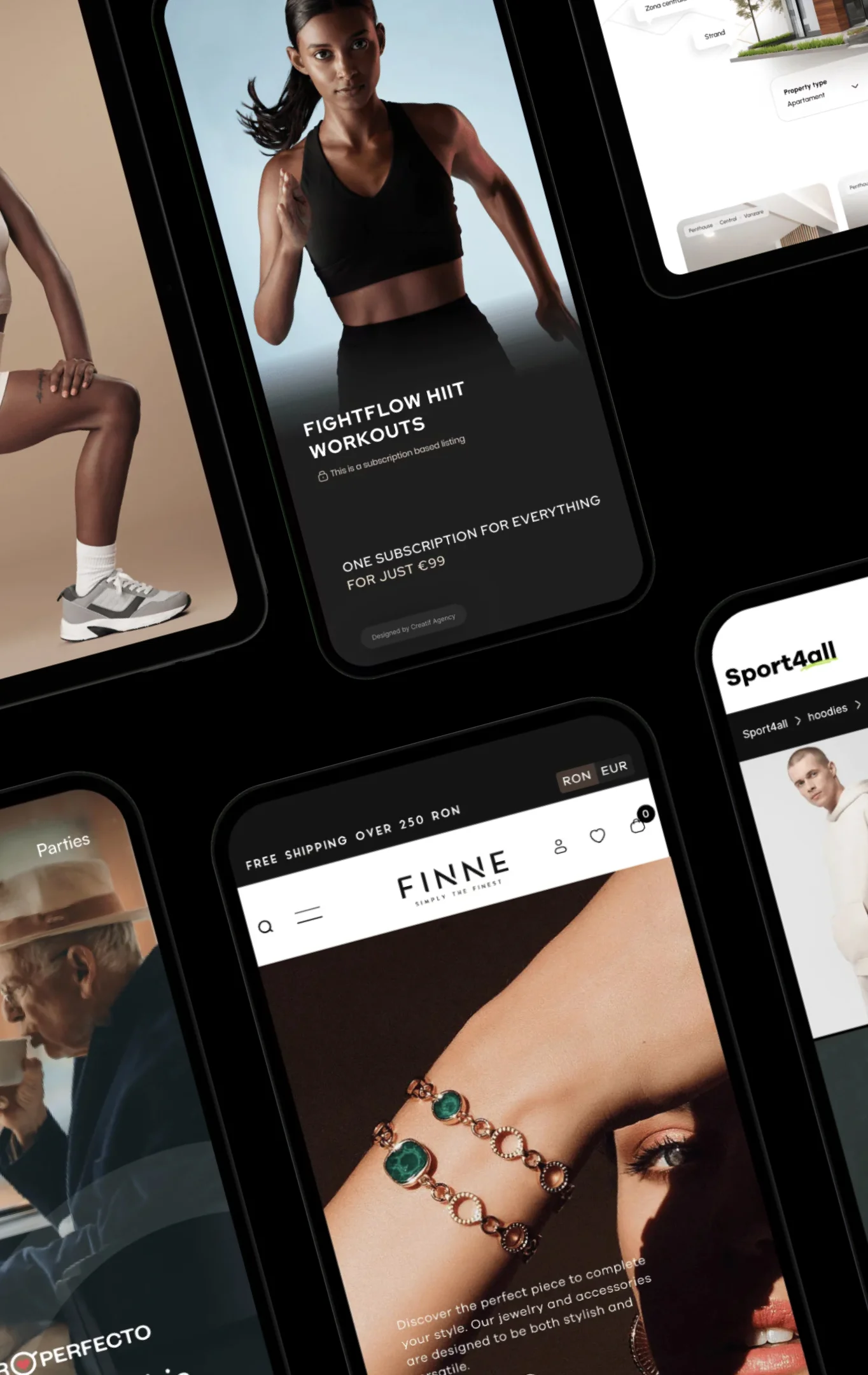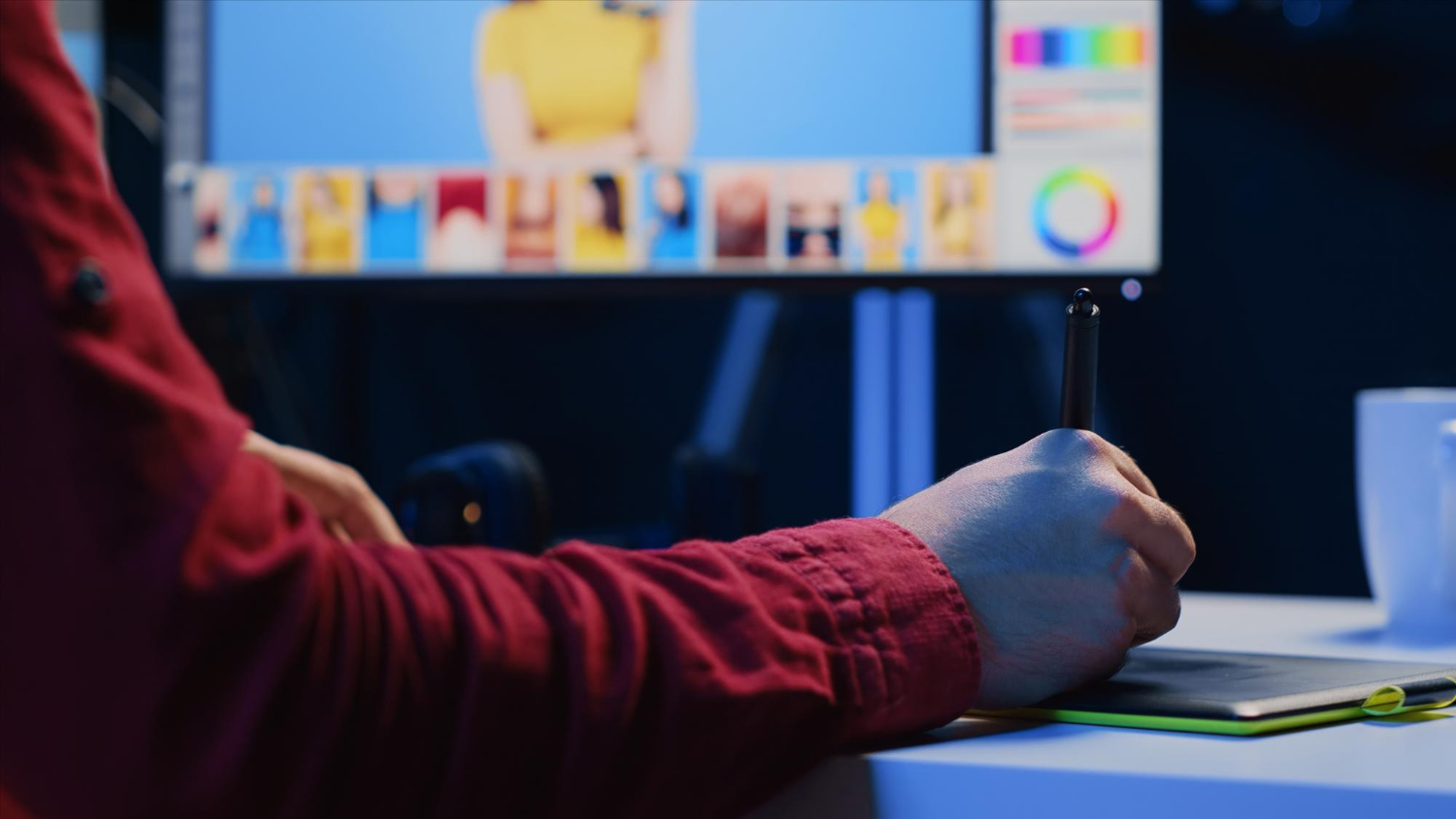Website Design Mistakes to Avoid When Creating a Website

Creating a website is an exciting undertaking, but it’s important to approach it with caution. In this article, we will explore some key website design mistakes to steer clear of, providing valuable insights and tips to help you create a website that captivates your audience and achieves your goals.
Understanding the Impact of Poor Website Design
A poorly designed website can negatively impact user experience, leading to high bounce rates and missed opportunities. To ensure your website is a success, it’s crucial to avoid common design mistakes that can hinder its effectiveness.
Not only does poor website design impact user experience, but it also affects your search engine rankings. Search engines like Google take into account various factors when determining where to rank a website in search results. One of these factors is the bounce rate. If your website has a high bounce rate, it sends a signal to search engines that your site may not be providing valuable or relevant content. As a result, your rankings may suffer, and potential customers may have a harder time finding you online.
So, how can you avoid these pitfalls and create a captivating online presence? Start by ensuring that your website has a clean and organized layout. Use whitespace effectively to give your content room to breathe and make it easier for visitors to focus on what’s important. Implement clear and intuitive navigation menus that guide users through your site seamlessly.
Is Web Design Important for a Website?
The design of your website plays a crucial role in how visitors perceive your brand and interact with your content. A poorly designed website can damage your credibility, hinder user engagement, and result in missed conversion opportunities. Studies have shown that users form their first impression of a website within seconds. If your website fails to make a positive impact, visitors are likely to leave and look for alternatives.
When it comes to website design, it’s not just about aesthetics. It’s about creating an intuitive and user-friendly experience that guides visitors through your site effortlessly. A cluttered layout, confusing navigation, and slow loading times can frustrate users and make it difficult for them to find the information they need. This can lead to a high bounce rate, where visitors quickly navigate away from your site without exploring further.
Imagine visiting a website that has a jumbled mess of text, images, and buttons scattered all over the place. It’s overwhelming and confusing, right? Well, that’s exactly how your visitors will feel if your website design is poorly executed. They won’t know where to look, what to click on, or how to navigate through your site. As a result, they’ll likely give up and leave, never to return.
Is the Pagespeed Important on a Website?
Definitely. Optimize your website for speed and performance. Slow loading times can be a major turnoff for visitors, causing them to abandon your site before even seeing what you have to offer. Compress images, minify code, and leverage caching techniques to improve your website’s loading speed.
Remember, your website is often the first point of contact between your brand and potential customers. Make a positive and lasting impression by investing in a well-designed website that showcases your brand’s personality and values. By doing so, you’ll not only attract and retain visitors but also increase your chances of converting them into loyal customers.
Common Website Design Mistakes to Avoid
When creating a website, it’s important to be aware of common design mistakes that can hinder its effectiveness. By understanding these pitfalls, you can take proactive measures to avoid them and create a website that stands out from the crowd. Here are some key design mistakes to keep in mind:
- Complex Navigation: Confusing or convoluted navigation menus can frustrate visitors and make it difficult for them to find the information they seek. Ensure your navigation is clear, intuitive, and easy to navigate on both desktop and mobile devices.
- Slow Load Times: A website that takes too long to load can be a major turn-off for visitors. Optimize your website’s performance by compressing images, leveraging browser caching, and minimizing unnecessary code.
- Poor Typography: The typography of your website plays a crucial role in readability and user experience. Avoid using too many fonts, keep font sizes legible, and ensure sufficient contrast between text and background.
- Lack of Mobile-Friendliness: In today’s mobile-centric world, a website that is not mobile-friendly can greatly hinder user experience. Ensure your website is responsive and adapts seamlessly to different screen sizes and devices.
- Excessive Clutter: Overloading your website with excessive visual elements, ads, or pop-ups can overwhelm visitors and detract from the main content. Keep your website clean and focused, while effectively guiding users towards the desired actions.
- Ignoring Accessibility: Failing to consider accessibility can alienate users with disabilities and limit the reach of your website. Ensure your website adheres to accessibility standards, making it usable for all visitors.
By avoiding these common design mistakes, you can create a website that is visually appealing, user-friendly, and optimized for success. However, identifying and rectifying poor design choices requires a keen eye and continuous evaluation.

Tips for Ensuring Your Website is User-Friendly
Creating a user-friendly website is essential to keep visitors engaged and encourage them to explore further. Here are some tips to ensure your website provides an optimal user experience:
- Clear and Concise Messaging: Craft compelling and easily understandable content that conveys your message effectively. Use headings, subheadings, and bullet points to break up text and improve readability.
- Intuitive Navigation: Organize your website’s navigation in a logical manner, ensuring visitors can easily find the information they are looking for. Use descriptive labels and keep the navigation menu visible at all times.
- Visually Appealing Design: Balance aesthetics with functionality to create a visually appealing website that aligns with your brand identity. Use high-quality images, engaging graphics, and whitespace to enhance the overall design.
- Responsive Design: With the increasing use of mobile devices, it’s essential to prioritize responsive design. Test your website across various devices and screen sizes to ensure it functions seamlessly.
- Avoid Automatic Media Playback: Autoplaying videos or audio can annoy visitors and disrupt their browsing experience. Give users control over media playback to respect their preferences.
- Optimize Load Times: Minimize page load times by compressing images, using caching mechanisms, and optimizing code. A fast-loading website improves user experience and reduces bounce rates.
- Incorporate Call-to-Actions: Guide users towards the actions you want them to take by strategically placing prominent and enticing call-to-action buttons or links.
Implementing these tips will help you create a user-friendly website that engages visitors and encourages them to stay longer, explore your content, and take the desired actions.
Identifying Poor Design Choices Before It’s Too Late
Recognizing poor design choices before launching your website is crucial to its success. Here are some effective strategies to identify and rectify design flaws:
- User Testing: Conduct usability testing with a diverse group of individuals to gather feedback and identify areas for improvement.
- Usability Monitoring Tools: Leverage usability monitoring tools to gain insights into user behavior, identify pain points, and make informed design decisions.
- Heatmaps and Click Tracking: Analyze heatmaps and click tracking data to understand how users interact with your website and identify potential design issues.
- Expert Evaluation: Seek the expertise of web design professionals to review your website and provide valuable recommendations for improvement.
- Continuous Improvement: Regularly monitor and evaluate your website’s performance metrics, such as bounce rate and conversion rate, to identify areas that require optimization.
By utilizing these strategies, you can proactively identify and rectify design flaws, ensuring your website delivers an exceptional user experience from the moment it goes live.
Creating a Website That Best Reflects Your Brand Image
Your website is an integral part of your brand identity and should reflect your unique values and personality. To create a website that best aligns with your brand image, consider the following:
- Consistent Branding: Use consistent branding elements, such as colors, fonts, and logos, throughout your website to reinforce brand identity and create a cohesive experience.
- High-Quality Content: Craft compelling and informative content that resonates with your target audience and showcases your expertise. Use a consistent tone of voice that reflects your brand’s personality.
- Visual Elements: Incorporate visuals, such as images, videos, and infographics, that align with your brand’s style and messaging.
- Unique Selling Proposition: Clearly communicate your unique selling proposition (USP) to differentiate your brand from competitors and capture audience attention.
- Testimonials and Social Proof: Showcase customer testimonials, case studies, or social proof to build trust and credibility with your audience.
By focusing on these aspects, you can create a website that accurately represents your brand and sets you apart from the competition. Make sure you don’t miss our guide on how to create a website for your business.

Explore Our Website Design Services
Creating a well-designed website requires expertise and careful consideration. At Creatif Agency, we specialize in website design and development, helping businesses create compelling online experiences that drive results. Whether you need a completely new website or want to enhance your existing one, our team of skilled designers and developers is here to help. Explore our website design services to learn more about how we can elevate your online presence.
In conclusion, avoiding common website design mistakes is crucial to creating a website that resonates with your audience and achieves your goals. By understanding the impact of poor design, acknowledging common mistakes, and implementing user-friendly practices, you can create a website that stands out, captivates visitors, and drives conversions. Remember, a well-designed website is not just visually appealing, but also functional, accessible, and reflective of your brand identity. Invest the time and effort to create an exceptional website, and the rewards will follow.











